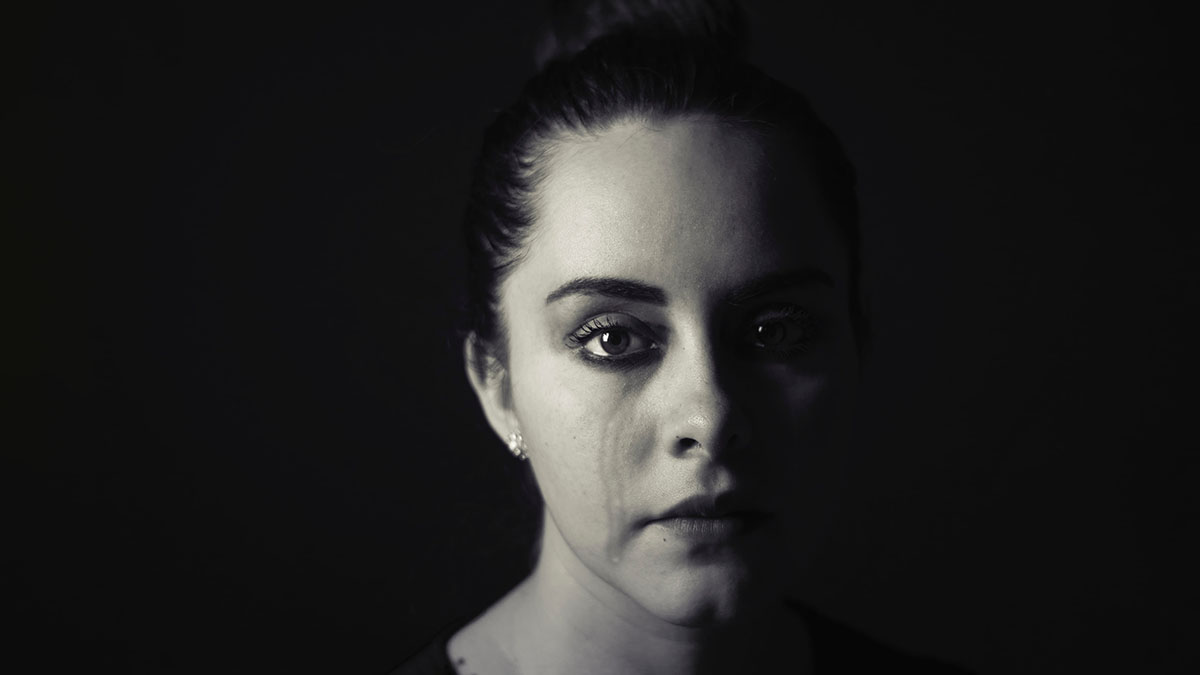
Walking with students through depression
Mental health and the Gen Z students of the USA
This is not what I signed up for, Kelley thought. 24 years old and just two years in to serving InterVarsity USA students, Kelley felt disappointed, weary, disillusioned.
Being involved in the movement as a student leader had felt relatively straight-forward. She knew the routine: evangelistic events, weekly meetings, winter camps, summer missions. Repeat the same next year. But since joining the staff team it had been so different. Messy. Discouraging. Heavy. She’d lost count of the number of students she knew who were struggling with their mental health. Some were weighed down by a thick darkness. Some had eating disorders. Some were self-harming. Some were suicidal. What’s going on here, Lord?
Staff workers, not doctors
Kelley wasn’t an expert on mental health. But students that she loved were struggling, so she decided to look into it. Research, books and courses helped, but they didn’t make Kelley a trained counsellor or psychiatrist. Many of these students needed professional help – she knew that. Still, Kelley often found herself encountering students struggling in the difficult in-between zone: perhaps at the beginning of their mental health concerns, not yet sure if they needed or wanted help; perhaps on the 6-month waiting list to see university counsellors. Every situation was unique and required Kelley to be prayerfully discerning and observant, particularly in the early stages of their interaction:
Is this student struggling because of their circumstances? Is there an unseen issue that needs to be addressed? Is there a clinical element as well? Is it serious? Are they just having a bad day? Would it be sensible to seek professional help?
Though Kelley knew the responsibility for a diagnosis lay with the doctor, helping students understand themselves would enable them to get the help they needed more quickly.
The depths of sorrow
Month after month, Kelley encountered more and more students who were struggling. Then one day, the community woke up to the terrible news that one of their students had taken his life. They were devastated. Why, God? And yet even in the depths of their sorrow, God was at work. The students became more open to talking: I’ve felt like that too; I’m in the same place; I think I need help.
Generation Z
The high rates of mental health problems she encountered on campus got Kelley thinking: are we just more aware of mental health today, or are the number of cases increasing? And if so, why? What is it about this generation, often referred to as ‘generation z’, that perhaps is more prone to struggling in this way? She reflected:
“Human connection is so lacking. I think social media has a lot to do with it because it fosters a sense of false identity which leads to feelings of separation and isolation. And it’s also the case today, at least in many western countries, that everything is catered to meet your needs. You can have your own social media platforms, your own Spotify playlist, your own personalised Starbucks drink. This creates a bubble with you at the centre, a life that revolves around your needs.
And of course, that’s depressing! It’s not real and it’s not fulfilling. So people try to numb it by doing more on social media, or Netflix, or whatever they need to dull the pain of being alone and isolated.
There are also issues of identity. No-one’s asking ‘who is God?’ anymore. Everyone is asking ‘who am I?’ The self-help books tell you not to worry, just be yourself. But how can you be yourself when you don’t know who you are? And how can you know who you are when you don’t know Christ?”

Praying for the 44
Raising awareness and getting students talking was a good start. But Kelley longed to see breakthrough. She wrote down the names of all the people she knew personally who had depression. There were 44. Forty-four! Overwhelmed and sorrowful, Kelley stuck up the names on her wall in the shape of a cross.
Jesus, I’m putting these people on Your cross. Through Your blood, I pray for their healing and rescue. Please restore them to a place of hope.
Not long after that, Kelley started getting phone calls. The people she was praying for would ring her and tell her how God was working in their lives. I was in my car and suddenly felt a lightness, a hope, they’d report, not knowing she had been praying. For others, the healing came through getting the professional help they needed. Some found it through medication; others went to therapy and learned tools to manage their mental health. It wasn’t always a quick fix, but many of them experienced breakthroughs and healing over the course of a year and a half.
Today there are just nine names left on Kelley’s wall.
A holistic approach
Often the recovery of a student with mental health struggles will involve more than just prayer. But it will never be less. Kelley’s story shows how God used professional medical help along with the proactive ministry of staff and their persistent prayer to help and heal many students. As IFES movements face the reality of ministering to a generation particularly affected by mental health struggles, we must be ready to take this holistic approach as we walk with students through the darkness.
How to get support
If you’re a student struggling with your mental health, we’d encourage you to seek medical help from your university or doctor, or start by talking to your national movement or a trusted friend.


